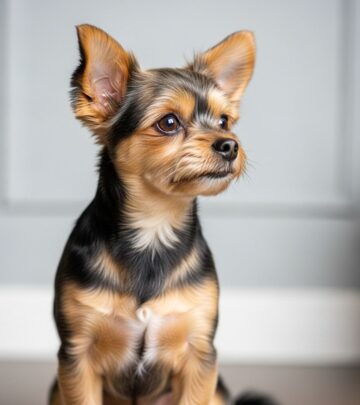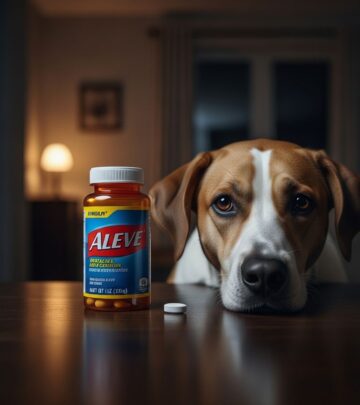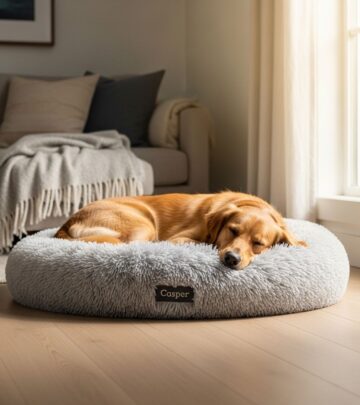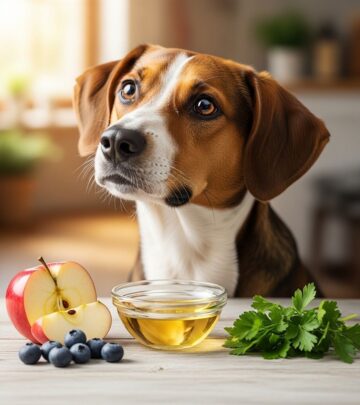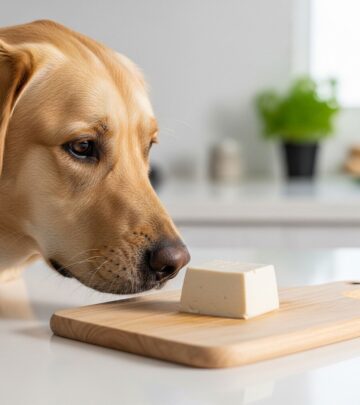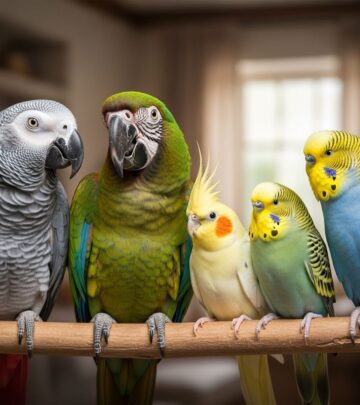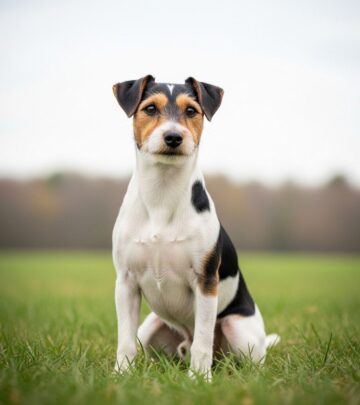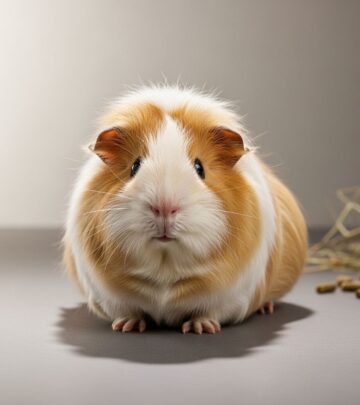Standard Schnauzer: Complete Guide To Care, Training & Grooming
Loyal companion thrives with proper guidance, grooming, and playful daily routines.
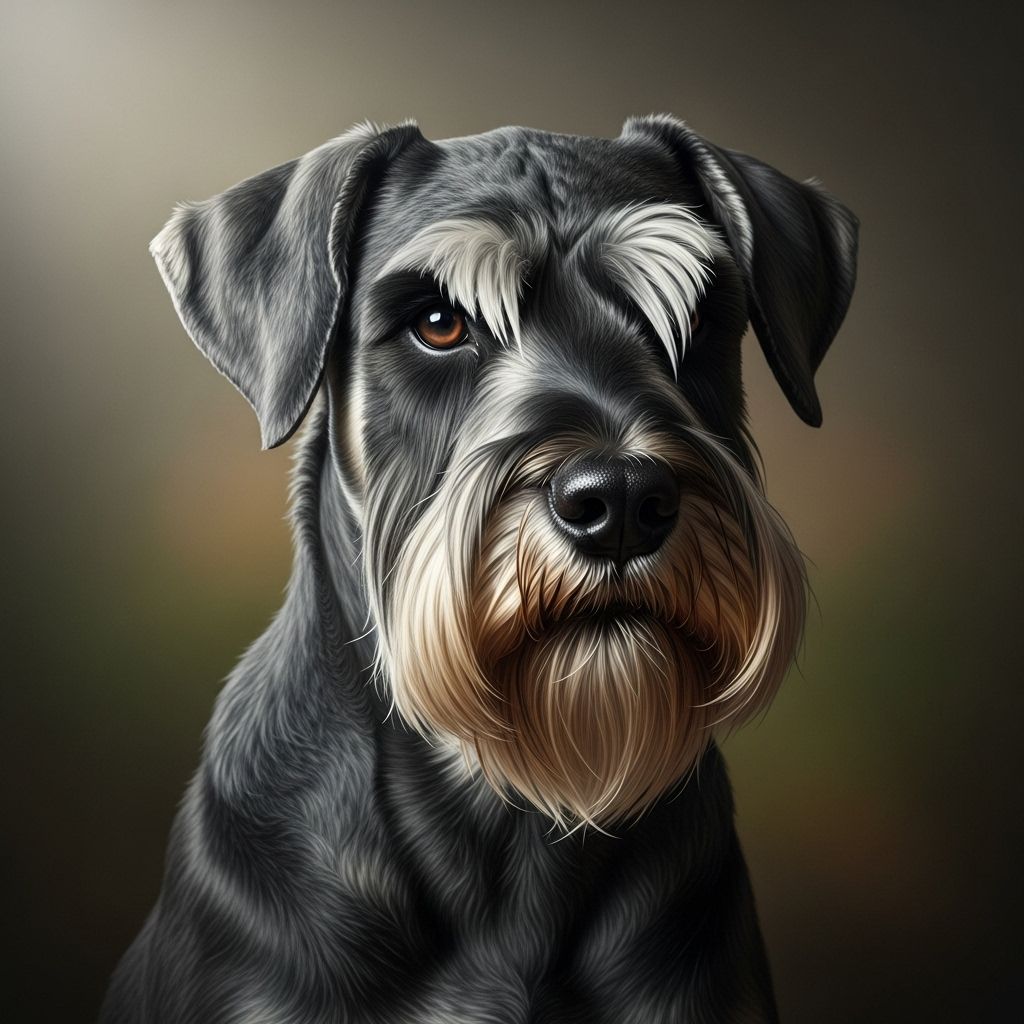
Image: HearthJunction Design Team
Standard Schnauzer
The Standard Schnauzer is a robust, medium-sized working dog with a distinctive appearance and remarkable intelligence. Originally bred in Germany as a versatile farm dog, this breed has evolved into a loyal family companion while maintaining its working capabilities. With their square-built bodies, wiry coats, and characteristic bearded faces, Standard Schnauzers are both striking in appearance and functional in design.
Breed Overview
Standard Schnauzers are the original schnauzer breed, positioned between their Miniature and Giant cousins in size. These dogs are known for their versatility, intelligence, and distinctive appearance. They represent the perfect middle ground in the schnauzer family – not too small, not too large, making them adaptable to various living situations while still maintaining the spirited character and working capabilities of their heritage.
| Characteristic | Details |
|---|---|
| Height | 18½ to 19½ inches (males), 17½ to 18½ inches (females) |
| Weight | 35-50 pounds |
| Lifespan | 13-16 years |
| Coat | Wiry, dense double coat |
| Colors | Salt and pepper, or solid black |
| Temperament | Intelligent, spirited, alert, loyal |
History and Origin
The Standard Schnauzer originated in Germany during the Middle Ages, where they were developed as versatile farm dogs. Their name comes from the German word “schnauze,” meaning “muzzle” or “snout,” referring to their distinctive facial hair. These dogs were prized for their abilities as ratters, guardians, and all-purpose farm dogs.
Unlike many breeds that were developed primarily for companionship or specific working tasks, the Standard Schnauzer evolved as a true multi-purpose dog. They herded livestock, guarded the farm against predators and intruders, hunted vermin, and served as loyal family companions. This versatility made them invaluable to German farmers and contributed to their enduring popularity.
The breed made its way to America in the early 20th century and gained recognition by the American Kennel Club in 1904. While not as widely known as their Miniature counterparts, Standard Schnauzers have maintained a dedicated following who appreciate their intelligence, versatility, and distinctive appearance.
Physical Characteristics
The Standard Schnauzer is immediately recognizable by its distinctive appearance. These dogs embody a perfect balance of strength, agility, and elegance with their square-built, muscular bodies and alert expression.
Size and Build
Standard Schnauzers are medium-sized dogs with a square, robust build. Males stand between 18½ to 19½ inches at the shoulder, while females measure 17½ to 18½ inches. They typically weigh between 35-50 pounds, with males being slightly larger than females. Their bodies are compact and muscular, with good bone structure that contributes to their sturdy appearance.
Coat and Colors
The breed’s double coat is a defining characteristic, consisting of a soft undercoat and a wiry, harsh outer coat that stands slightly off the body. This weather-resistant coat served a practical purpose in their working heritage, protecting them from the elements and from bites during encounters with vermin.
Standard Schnauzers come in two recognized color patterns:
- Salt and pepper – A mixture of black and white hairs that creates a distinctive grizzled appearance
- Solid black – A rich, uniform black throughout the coat
Distinctive Features
The most recognizable features of the Standard Schnauzer are their characteristic facial furnishings. These include bushy eyebrows, a bristly mustache, and a beard, which give them their distinctive expression. Their ears are traditionally cropped to stand erect, although many owners now choose to leave them in their natural folded state. Similarly, tails were historically docked short, but this practice has become less common in many countries.
Temperament and Personality
Standard Schnauzers are known for their intelligent, spirited, and loyal temperaments. These dogs combine alertness with affection, making them excellent family companions who also serve as effective watchdogs.
Intelligence and Trainability
Highly intelligent and eager to please, Standard Schnauzers excel in training and can master a wide variety of commands and tasks. They’re quick learners who respond best to positive, consistent training methods. Their working heritage has given them both the intelligence to learn quickly and the independence to think for themselves, which can occasionally manifest as stubbornness if training is inconsistent or lacks clear leadership.
Family Compatibility
Standard Schnauzers form strong bonds with their families and are typically affectionate and protective of their people. They generally do well with children, especially when raised with them, and can be patient and playful companions. Their medium size makes them less likely to accidentally knock over small children compared to larger breeds, while still being sturdy enough to handle active play.
Social Behavior
With proper socialization from an early age, Standard Schnauzers can get along well with other dogs and pets. However, their strong prey drive may make them challenging to integrate with small animals unless they’re introduced at a young age. They tend to be reserved or aloof with strangers initially, which, combined with their alertness, makes them excellent watchdogs who will reliably announce visitors.
Exercise and Activity Needs
Standard Schnauzers are active, energetic dogs that require regular exercise to maintain their physical and mental well-being. Their working heritage has given them both stamina and intelligence that need appropriate outlets.
Daily Exercise Requirements
These dogs need at least 60 minutes of exercise daily, ideally split between walks and more vigorous activities. A Standard Schnauzer who doesn’t receive adequate exercise may become bored and develop behavioral problems such as excessive barking, digging, or destructive chewing. Their exercise needs make them best suited to active households that can commit to daily walks, play sessions, and other physical activities.
Mental Stimulation
Being highly intelligent, Standard Schnauzers also require mental challenges to prevent boredom. Interactive toys, training sessions, scent work, and puzzle games can all help satisfy their need for mental stimulation. Many owners find that teaching new tricks or participating in dog sports like agility, obedience, or rally provides an excellent outlet for both physical energy and mental engagement.
Training and Socialization
Training a Standard Schnauzer effectively requires understanding their intelligent, sometimes stubborn nature. With the right approach, these dogs can excel in various training disciplines and become well-mannered companions.
Training Approach
Standard Schnauzers respond best to positive reinforcement training methods that focus on rewards for desired behaviors rather than punishment for mistakes. They appreciate mental challenges and variety in training sessions. Short, engaging training periods several times a day often work better than longer sessions that might test their patience. Consistency is crucial, as these intelligent dogs will quickly spot and exploit inconsistencies in rules or commands.
Early Socialization
Proper socialization from an early age is essential for Standard Schnauzers. Exposing puppies to various people, animals, environments, and situations helps them develop into confident, well-adjusted adults. Without adequate socialization, their natural alertness and protective instincts can sometimes develop into suspicion or fear-based aggression toward unfamiliar people or animals.
Grooming and Care
The Standard Schnauzer’s distinctive appearance requires regular maintenance to keep them looking their best. Their wiry coat and facial furnishings need specific grooming techniques to maintain their characteristic appearance.
Coat Maintenance
Standard Schnauzers have a double coat that requires regular attention. The traditional approach involves hand-stripping, a technique that removes dead hair from the outer coat rather than cutting it. This preserves the wiry texture and weather resistance of the coat. Many pet owners opt instead for clipping, which is less time-consuming but does soften the coat’s texture over time and may increase shedding.
Regular brushing is needed to prevent matting, especially in the longer hair of the legs and facial furnishings. Most Standard Schnauzers benefit from professional grooming every 6-8 weeks, supplemented by home maintenance.
General Care
Beyond coat care, Standard Schnauzers require regular nail trimming, dental care, and ear cleaning. Their facial furnishings may need extra attention, as food and water can become trapped in their beard and mustache after eating and drinking. Many owners keep small towels handy to wipe their Schnauzer’s face after meals to prevent staining and odor.
Health and Lifespan
Standard Schnauzers are generally robust dogs with a lifespan of 13-16 years. While they’re considered a relatively healthy breed, they can be prone to certain genetic health conditions that prospective owners should be aware of.
Common Health Concerns
Health issues that may affect Standard Schnauzers include:
- Hip dysplasia – An abnormal formation of the hip socket that can lead to arthritis
- Eye problems – Including cataracts and progressive retinal atrophy
- Hypothyroidism – A common hormonal disorder that can affect metabolism
- Skin allergies – Which may manifest as itching, redness, or recurring skin infections
Preventive Healthcare
Regular veterinary check-ups, a balanced diet, appropriate exercise, and maintaining proper weight are all important factors in keeping a Standard Schnauzer healthy. Responsible breeders screen their breeding stock for genetic conditions to reduce the likelihood of these issues appearing in puppies.
Nutrition and Feeding
Proper nutrition is essential for maintaining the health and longevity of a Standard Schnauzer. These active dogs require high-quality food that supports their energy levels and overall wellbeing.
Dietary Needs
Standard Schnauzers thrive on high-quality dog food that contains adequate protein, moderate fat, and appropriate levels of vitamins and minerals. Whether commercial or home-prepared, their diet should be appropriate to their age (puppy, adult, or senior) and activity level. These dogs typically require 2-3 cups of high-quality dry food daily, divided into two meals, though exact amounts will vary based on the individual dog’s size, age, and activity level.
Weight Management
Standard Schnauzers can be prone to weight gain if overfed or under-exercised. Maintaining a healthy weight is crucial for preventing joint problems and other health issues. Treats should be given in moderation and accounted for in the dog’s overall caloric intake. Owners should be able to feel but not see their Schnauzer’s ribs, and the dog should have a visible waist when viewed from above.
Living with a Standard Schnauzer
Standard Schnauzers can adapt to various living situations provided their exercise and mental stimulation needs are met. Understanding how they fit into different home environments can help potential owners determine if this breed is right for them.
Home Environment
These versatile dogs can adapt to both suburban and urban living, though they do best in homes with at least a small yard where they can play and explore. They can adjust to apartment living if given sufficient exercise and mental stimulation. Standard Schnauzers tend to be alert watchdogs who will bark to announce visitors or unusual activity, which may be a consideration in close living quarters.
Family Integration
Standard Schnauzers typically form strong bonds with all family members, though they may become particularly attached to one person. They generally do well with children, especially when raised with them from puppyhood, and can be patient and protective playmates. Their medium size makes them less likely to accidentally knock over small children than larger breeds.
Frequently Asked Questions (FAQs)
Q: Are Standard Schnauzers good for first-time dog owners?
A: Standard Schnauzers can be good for first-time owners who are willing to invest time in training and understand the breed’s needs. Their intelligence makes them trainable, but they can be independent and require consistent leadership.
Q: Do Standard Schnauzers shed a lot?
A: Standard Schnauzers are considered a low-shedding breed, especially when their coats are properly maintained through regular stripping or grooming. However, they are not completely non-shedding, and clipped Schnauzers may shed more than hand-stripped ones.
Q: How much exercise does a Standard Schnauzer need daily?
A: Standard Schnauzers need about 60 minutes of exercise daily, including walks and more vigorous activities like playing fetch or running. They also benefit from mental stimulation through training or puzzle toys.
Q: Are Standard Schnauzers good with other pets?
A: With proper socialization, Standard Schnauzers can get along well with other dogs and pets. However, their strong prey drive may make them challenging to integrate with small animals unless they’re introduced at a young age.
Q: How often should a Standard Schnauzer be groomed?
A: Standard Schnauzers typically need professional grooming every 6-8 weeks, with regular brushing at home between grooming appointments to prevent matting and keep their coat in good condition.
References
Read full bio of medha deb

